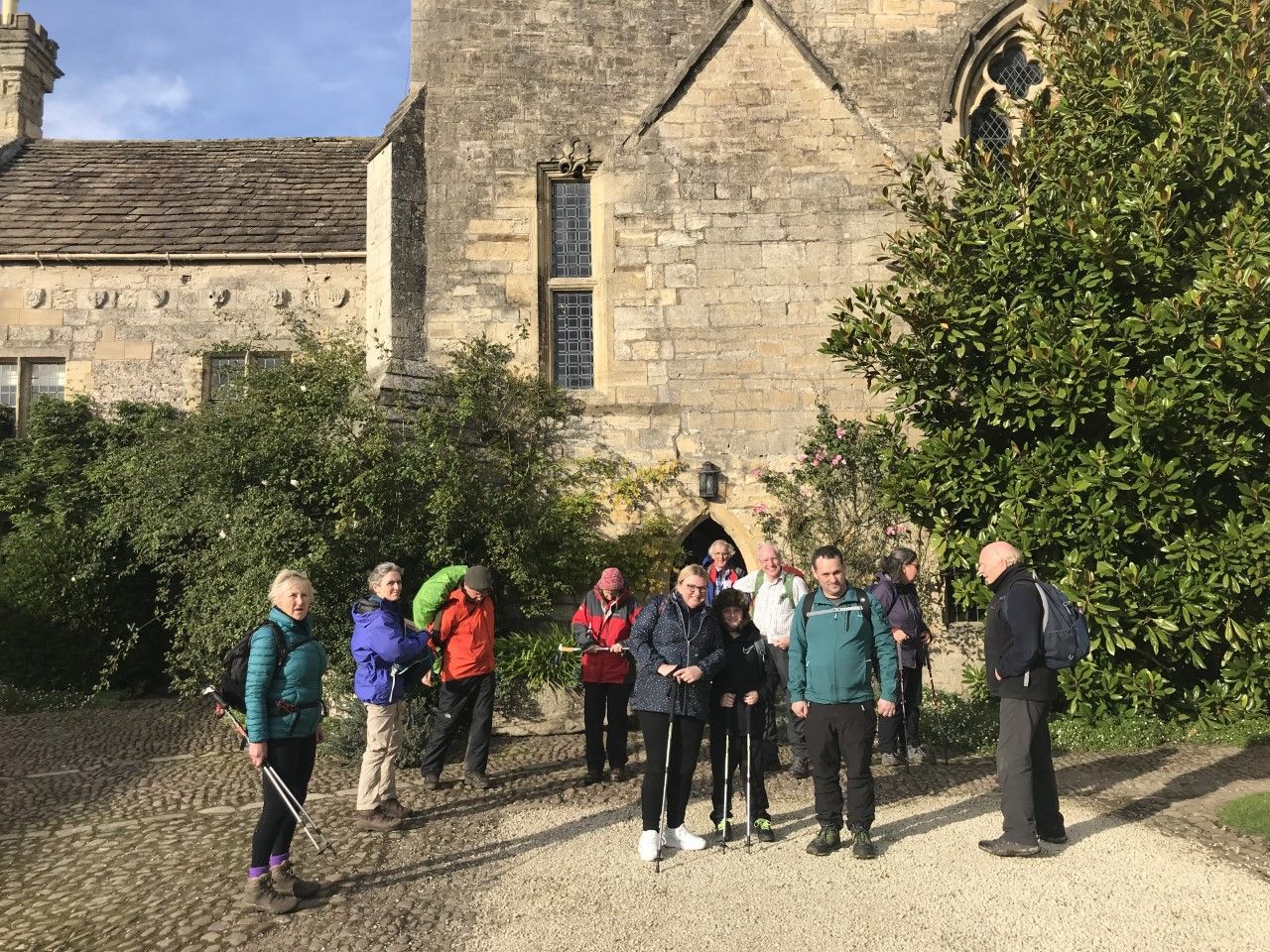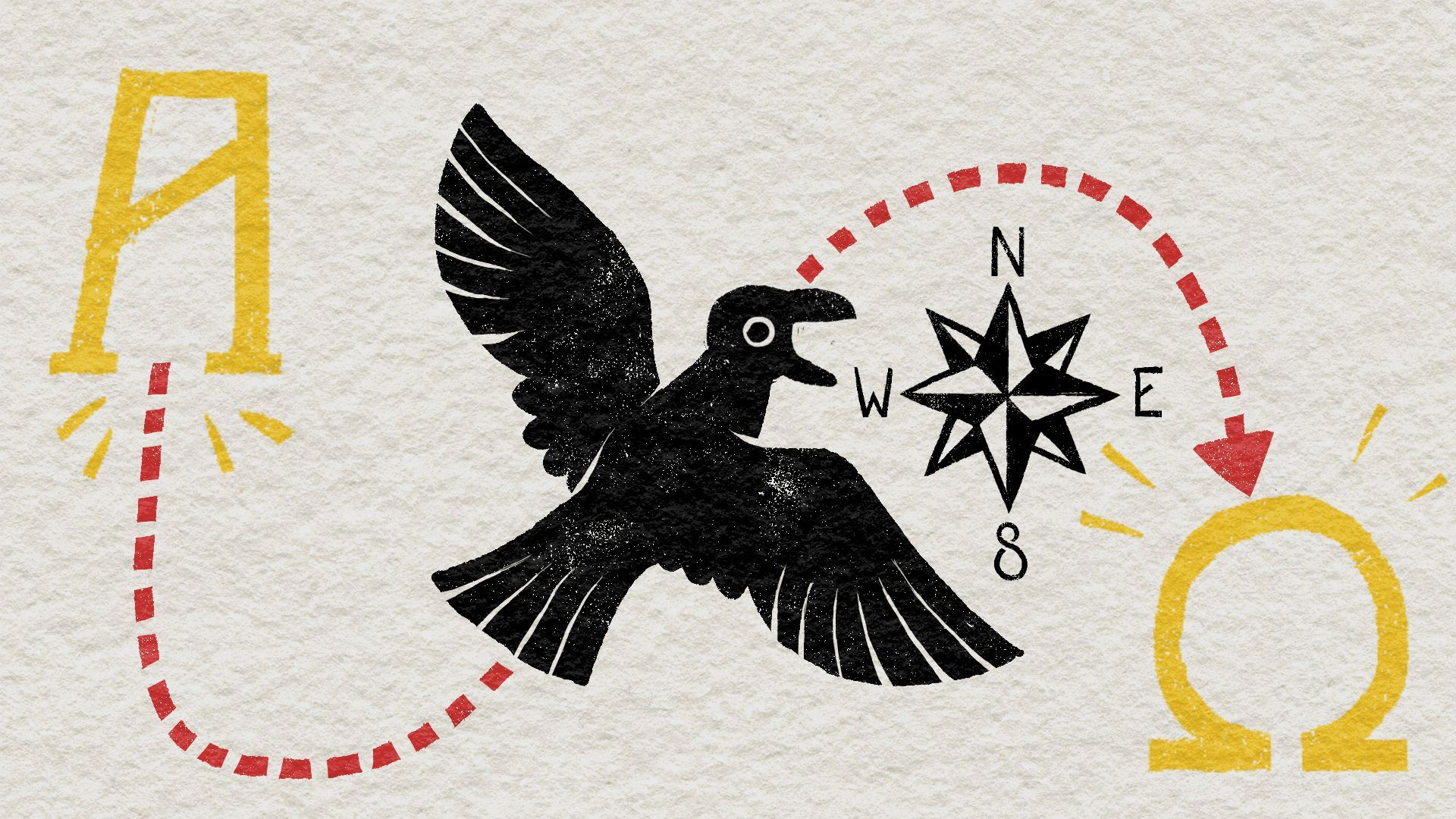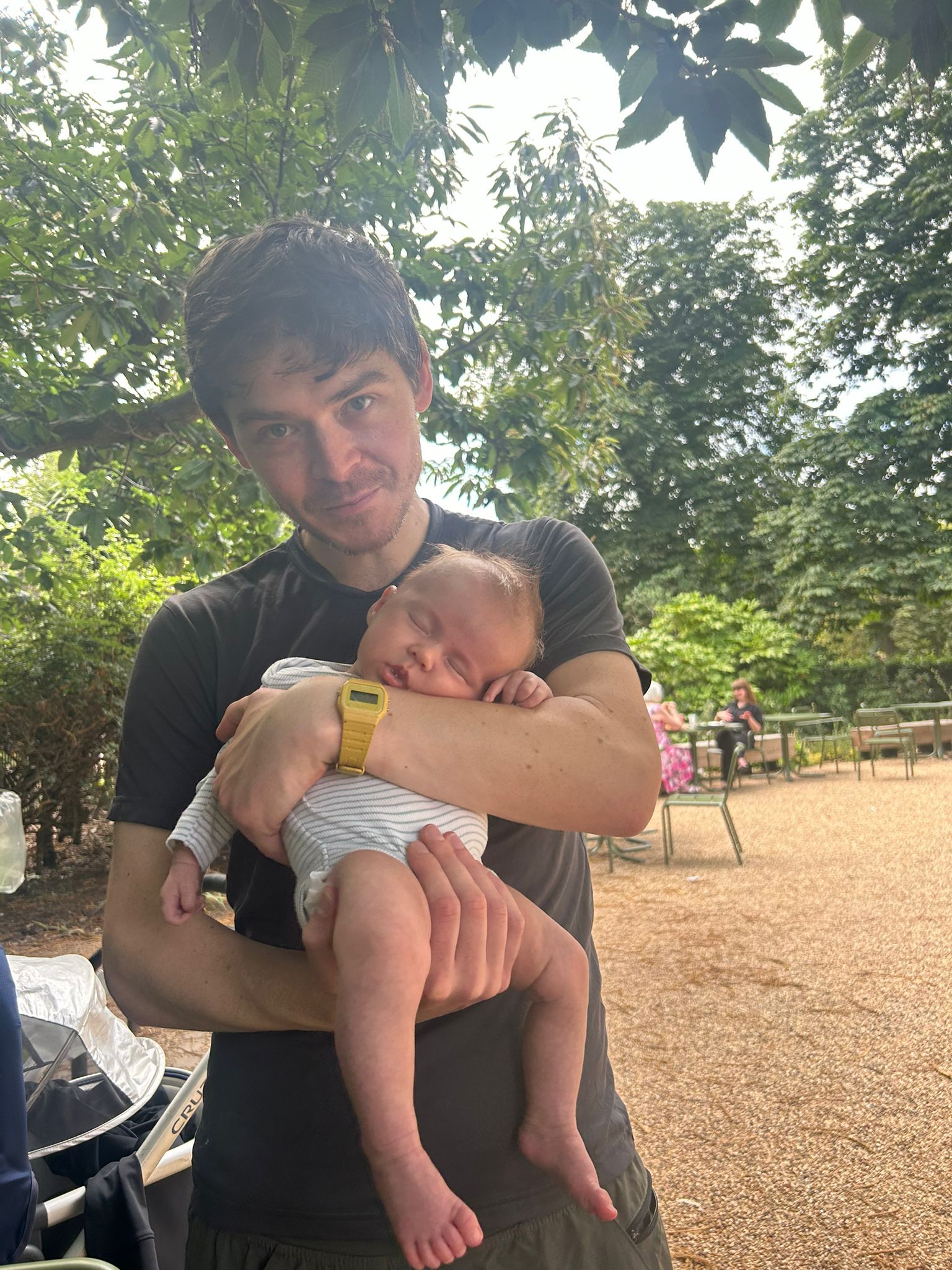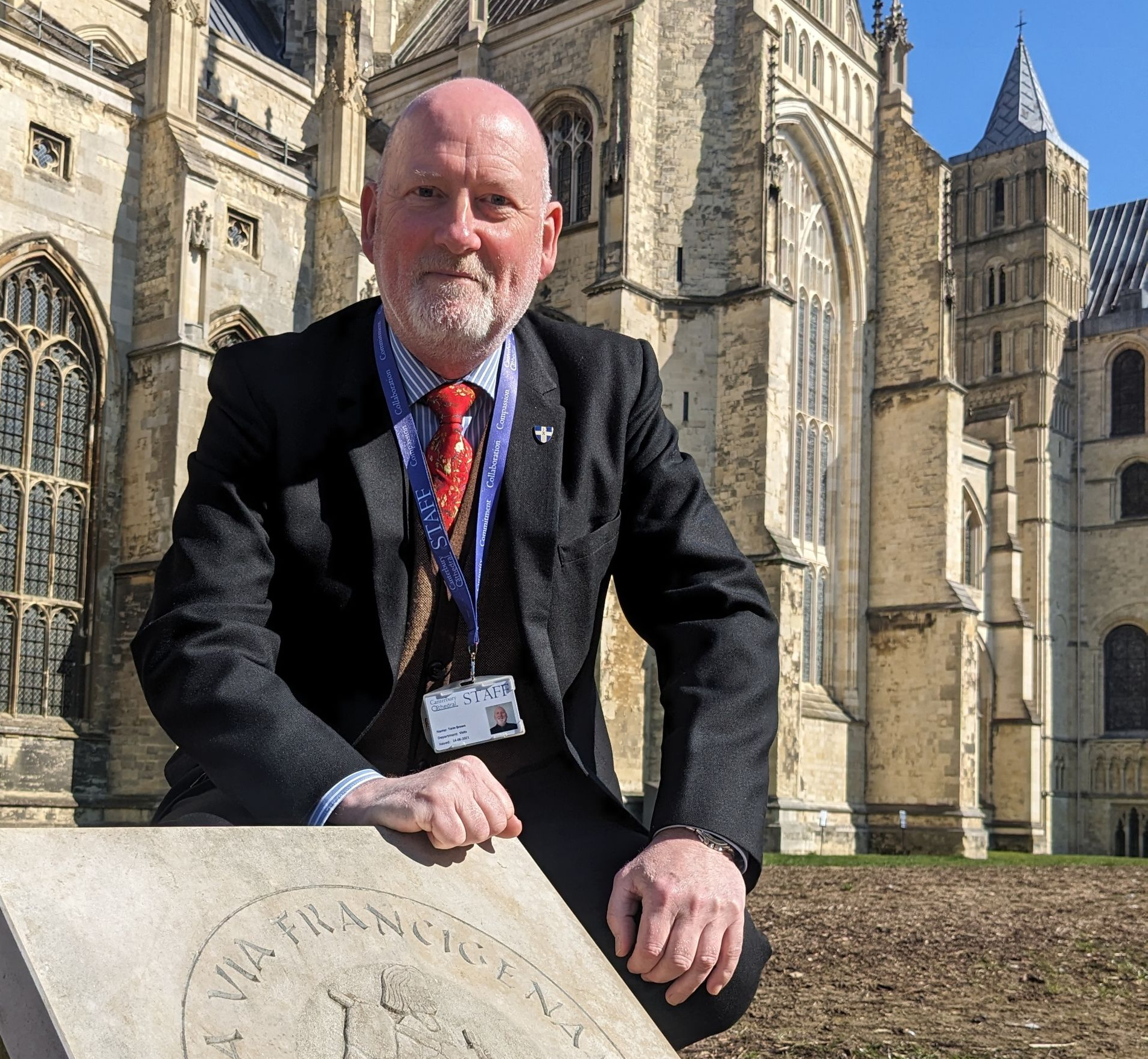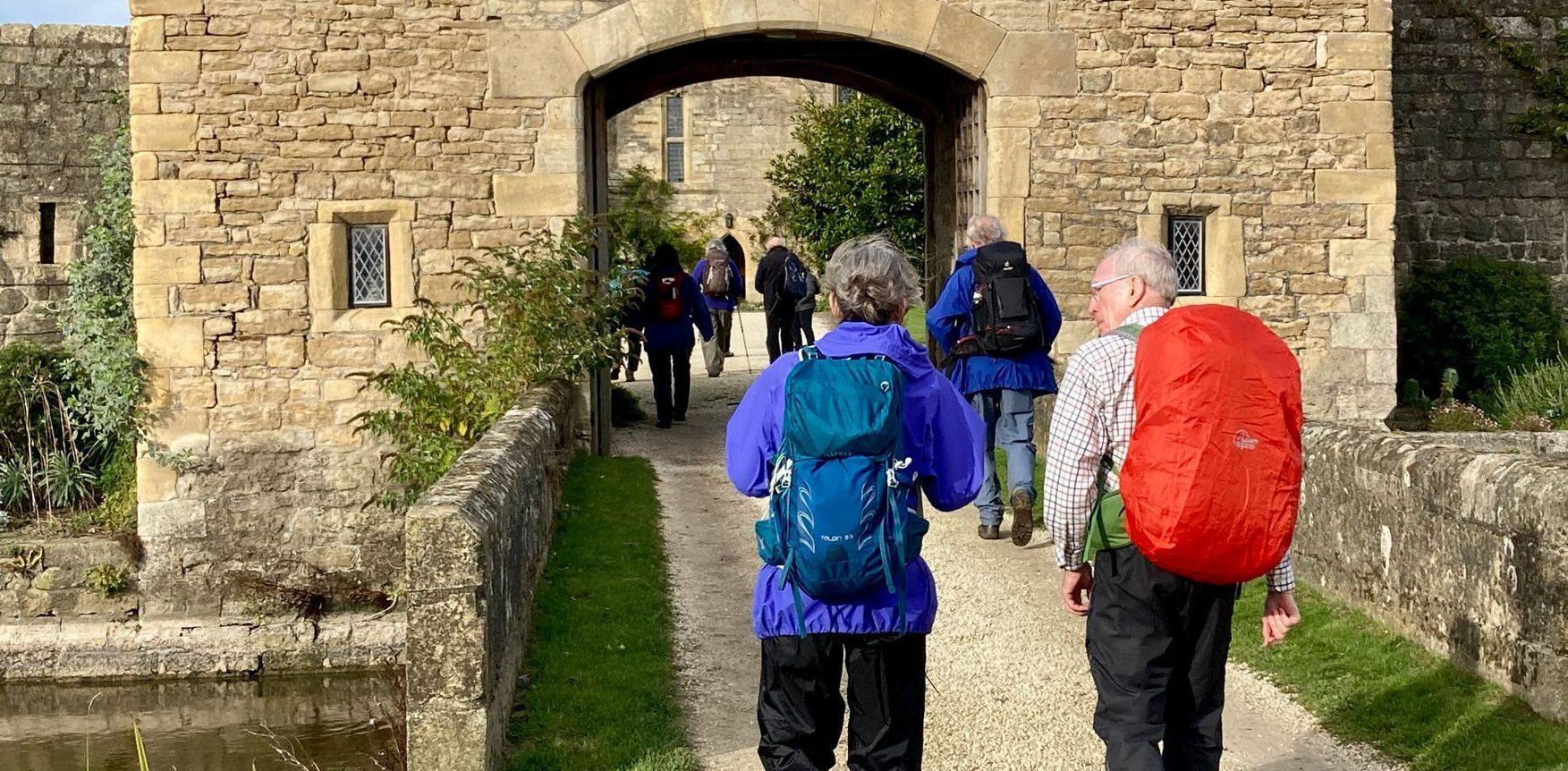Walking the Via Francigena 2008
Walking the Via Francigena: A 21st Century Pilgrimage
First published in The Tablet 13th June 2009
Cardinal Cormac Murphy O’Connor came straight to the point: “Why on earth did you do it?” I was almost at the end of a 1,200 mile walk from Canterbury to Rome and felt dehydrated and bedraggled. Two hours ago I had been dozing on a bench by the Tiber and I had not been expecting to meet a Cardinal when I dropped in at the English College on my way to St Peter’s Square to meet my wife, Cath. It was a good question: why on earth had I done it?
I had no practical reason so before setting off I concocted some justifications. I have always loved long distance walks and wanted to travel at a slow pace to be in touch with the planet and to notice the small things. I needed a break from my work as a GP and time for solitude and reflection. I wanted to get fit, to raise money for charity, to live differently and to learn about Europe. These answers generally failed to satisfy my questioners and they usually followed up with: “So is it a pilgrimage then?” I tried to dodge this, reluctant to be pigeon holed and unsure if pilgrimage in the 21st Century can be anything other than walking tourism.
Despite lacking a convincing rationale I set off on Easter Monday 2008 from Canterbury Cathedral and followed the Via Francigena, the ancient route that English pilgrims took to Rome until the Reformation. Before then Archbishops of Canterbury had needed to get to Rome to receive their pallium or sign of office from the Pope and in 990AD a clerk in the party of Archbishop Sigeric wrote down the stops. The Via Francigena has been rediscovered and reopened as a pathway across Europe but only a handful of people a year walk the full distance. The way took me to Dover, across the war scarred fields of Northern France, through the Champagne country, over the Jura Mountains to Lausanne then round Lake Geneva to cross the snowbound Great St Bernard Pass through the Alps, across the Po valley and over the Apennines to the Mediterranean. Finally the route passes through the medieval cities of Tuscany to Rome. I saw much beauty, met some fascinating people, stayed in a Palace and slept on floors, and was astonished by the kindness of strangers.
Three months on the road brought some difficulties, particularly blisters, infected ulcers and foot pain. Maps were a problem in Italy until I found some specialist ones1 and although the route is signposted in places this was rarely helpful. Vicious dogs were a regular nuisance and I was bitten twice and would take a “dog dazer” on any future walk. Frustratingly my bank card would not work in Italian cash point machines. On the other hand I was rarely lonely or afraid and got used to moving on every day and to phoning ahead to book a bed in my faltering French and non existent Italian. In rural France it could be difficult to find somewhere to stay but I was fortunate to meet families who generously accepted me into their homes. Late one evening after a 26 mile walk I was desperately looking for a dry bus shelter for the night when I saw a light on in the Town Hall. I threw myself on the mercy of the Mayor and he opened the sports hall for me. The prospect of being homeless for a night was frightening, but I realised how little it had in common with the plight of those I see in my work with homeless people in Bristol. Accommodation in Italy was never a problem because of the many hostels run by parishes and religious houses. It was wonderful to be welcomed, trusted, helped and befriended and to receive glimpses into a spectrum of communities and ways of life. An example of this trust was in Bar sur Aube where the priests were on retreat but I was allowed to stay in the presbytery while my ulcers healed. Sometimes in ordinary places I encountered what can only be described as holiness: the exceptionally reverent and intense mass in a community run by a Marianist priest in Vercelli, the nuns committed to practical social action in Sienna but who found time to welcome a stranger, the singing from a balcony of an enclosed convent in Sutri. The experience was disorientating and enchanting.
I arrived in Rome in time for the Feast of Saints Peter & Paul as planned and had achieved most of my aims: I had walked all the way, mostly alone, lost 10kg, got much fitter, raised £4,000 for charity and had had a complete break from everything. I had learnt something about the places and landscapes I passed through and had been able to investigate the battle for High Wood in 1916 and visit the grave of my great-uncle. Walking from the battle fields of Normandy to Rome without needing to show my passport gave me a new respect for the European political project and the Universal Church and a deepened dislike of all forms of nationalism. Hilaire Belloc, another walker to Rome, believed that "the faith is Europe and Europe is the faith". This is no longer true but I saw many signs of hope. These included the parish in France where one priest covered 18 churches but the people were organised into four “relais” each with their own “evangelist” and all the churches had open doors and altar candles burning, the abbot who welcomed me by washing my hands, the sisters serving the most marginalised, and the thriving parishes at the heart of their communities. Still at the end of it all the question still nagged: had it been a pilgrimage?
A pilgrimage has been defined as “a journey to a shrine or sacred place” perhaps to see relics, or as “a journey or long search made for exalted or sentimental reasons”. I have little interest in shrines, none in relics and my impulses were neither exalted nor sentimental. At the start I was uncertain about what pilgrimage means today and whether it is feasible in secular Europe. I now think it is possible and worthwhile. For me a pilgrimage is an inner and outer search. It involves acceptance of the difficulties and discomforts that occur along the way rather than avoiding them or getting angry. It can be challenging for the traveller and perhaps for those he or she meets. It may also be an experience of being on the edge of society and its established structures. It involves allowing other people to define you: I was welcomed as a pilgrim, so I became one. But it seems to me that the most important aspect of pilgrimage is that it is not about arriving. R S Thomas wrote at the end of his poem Counterpoint:
I think that maybe
I will be a little surer
of being a little nearer.
That’s all. Eternity
is in the understanding
that that little is more than enough.
It was enough for me.
